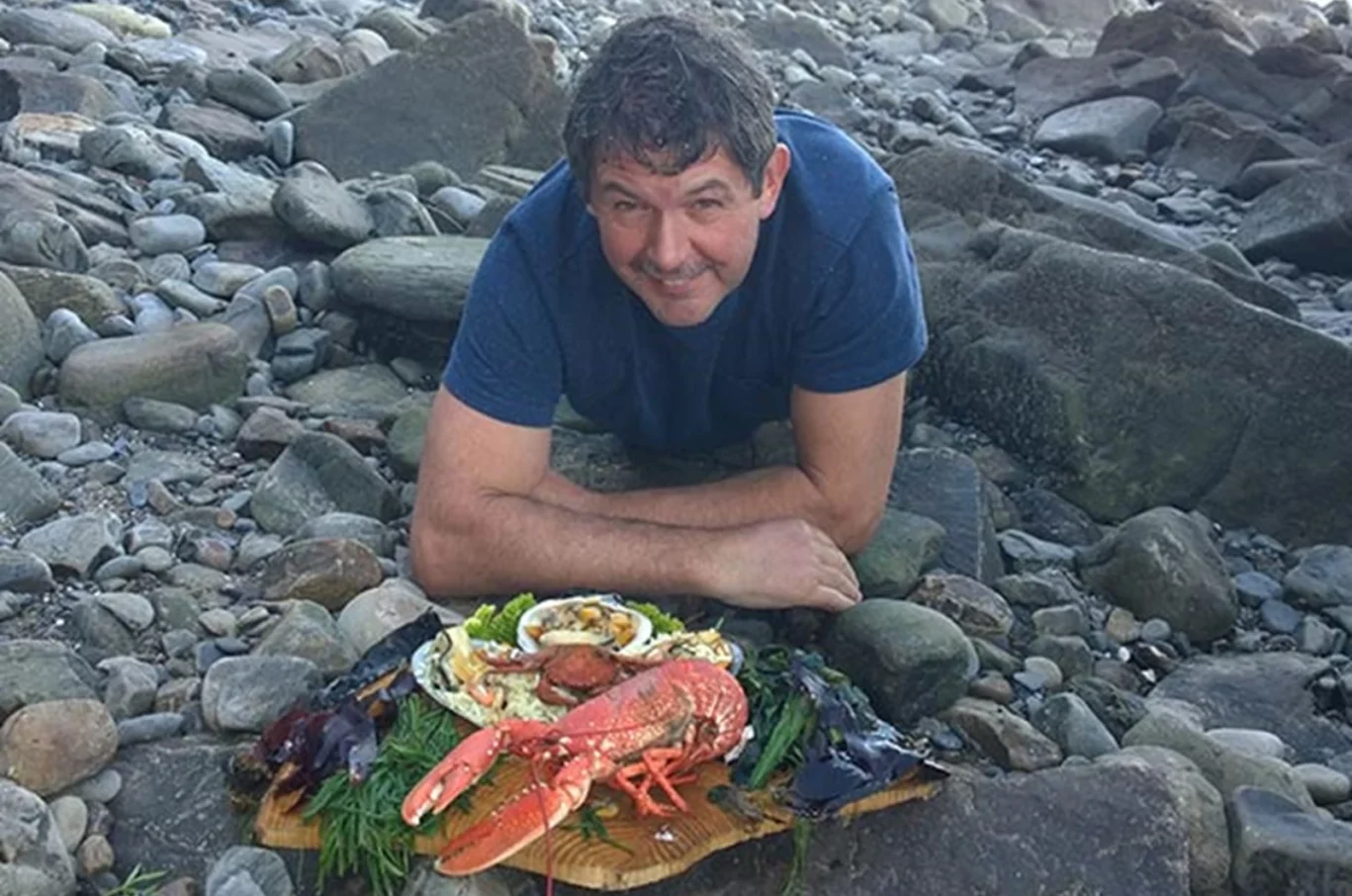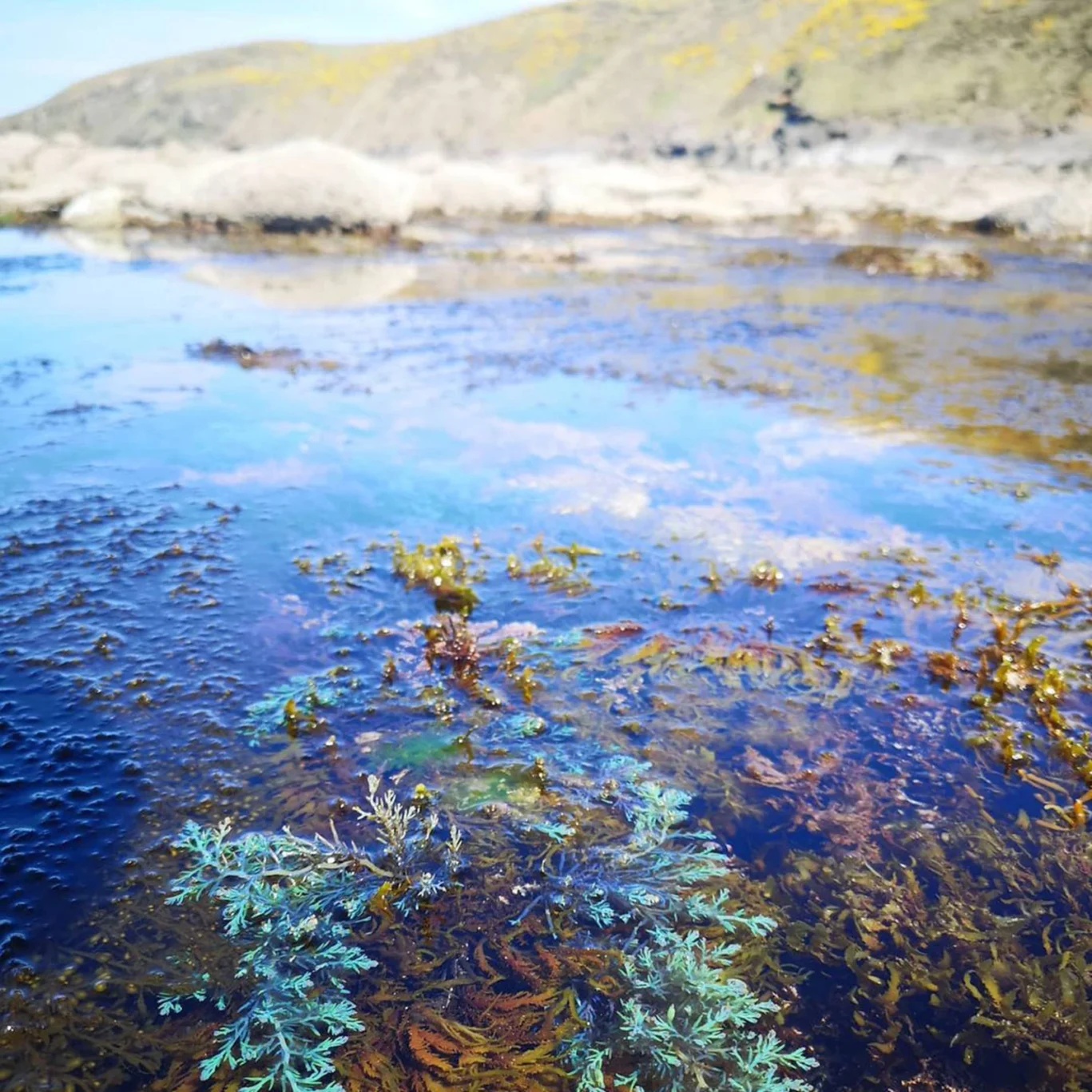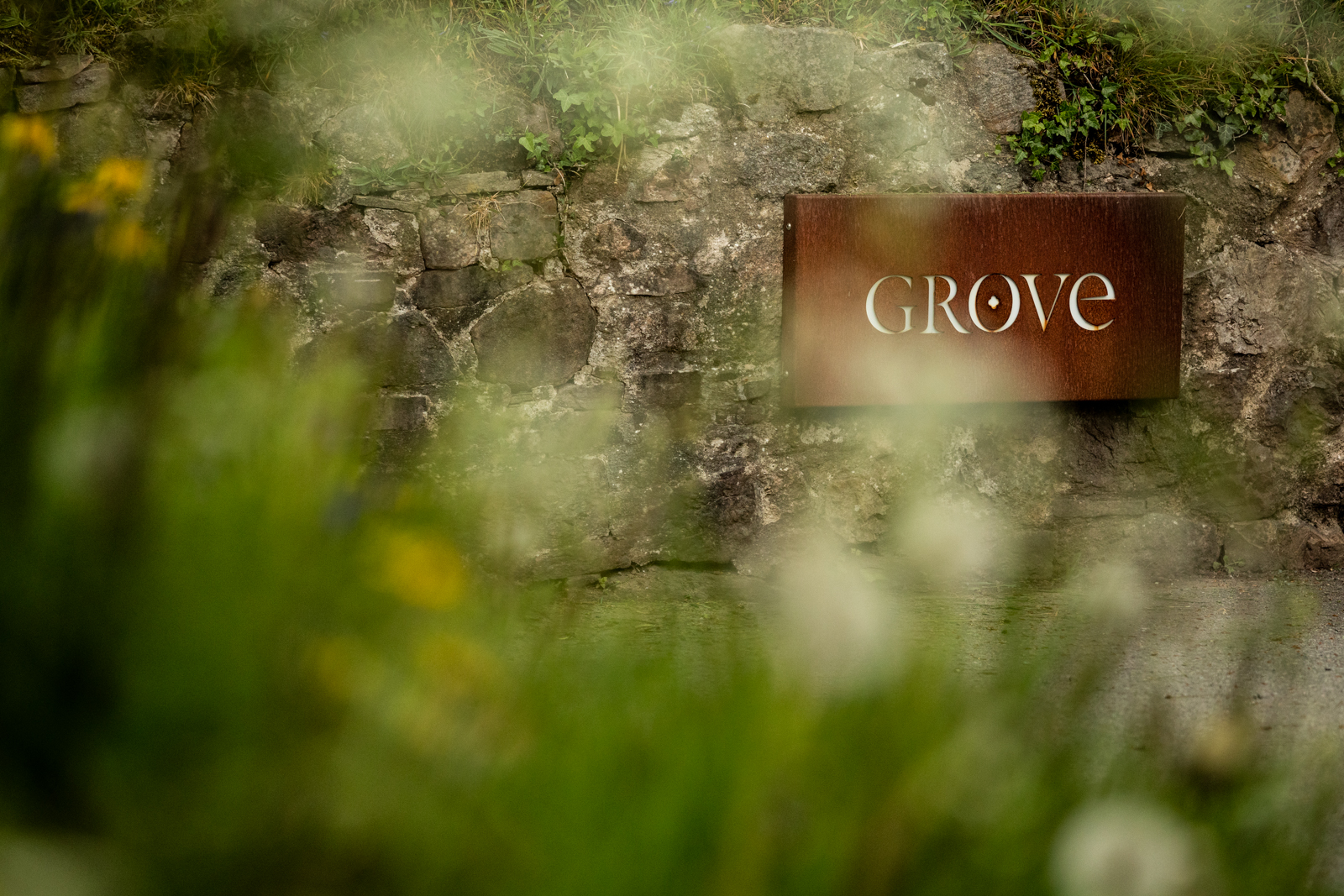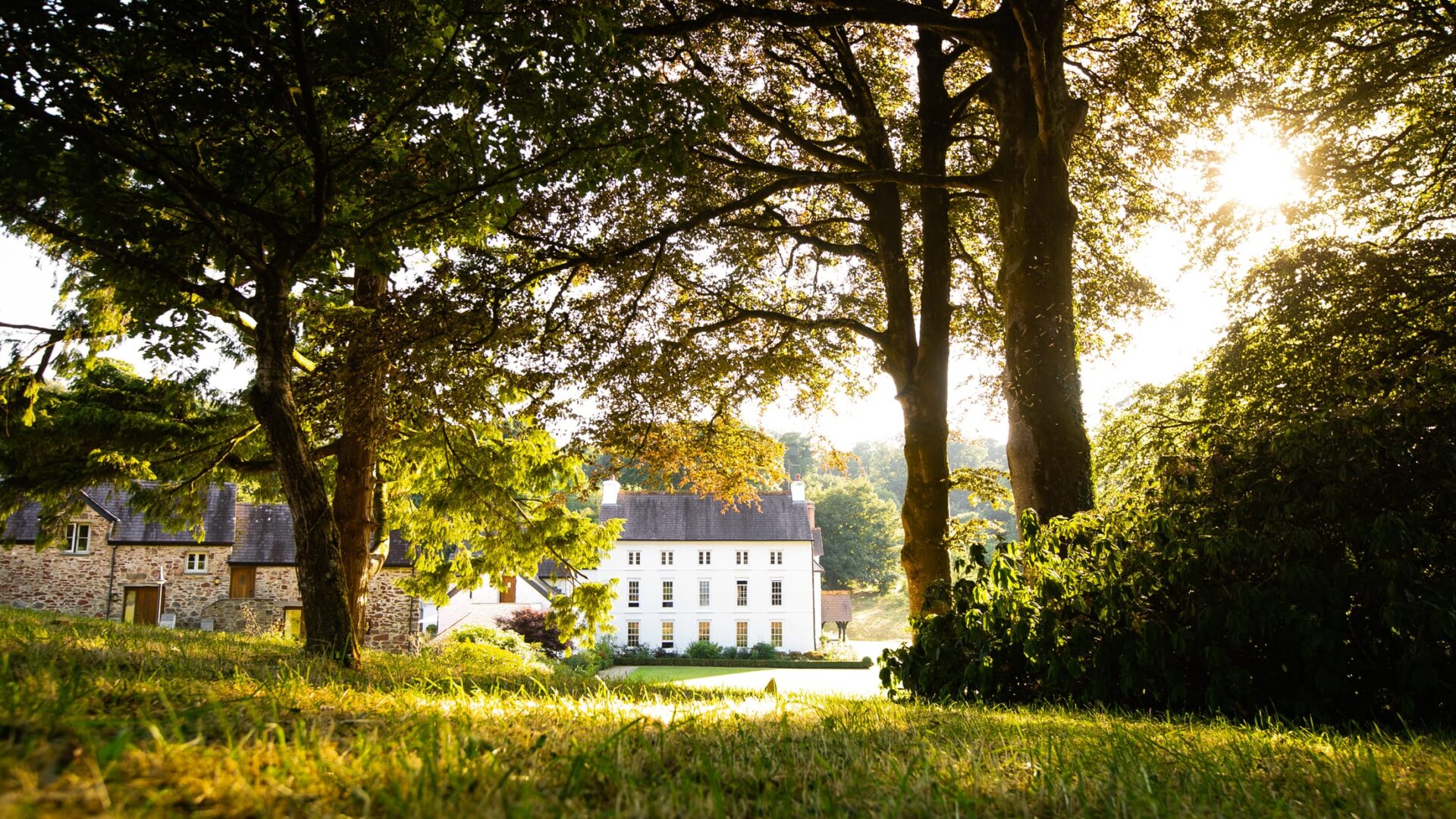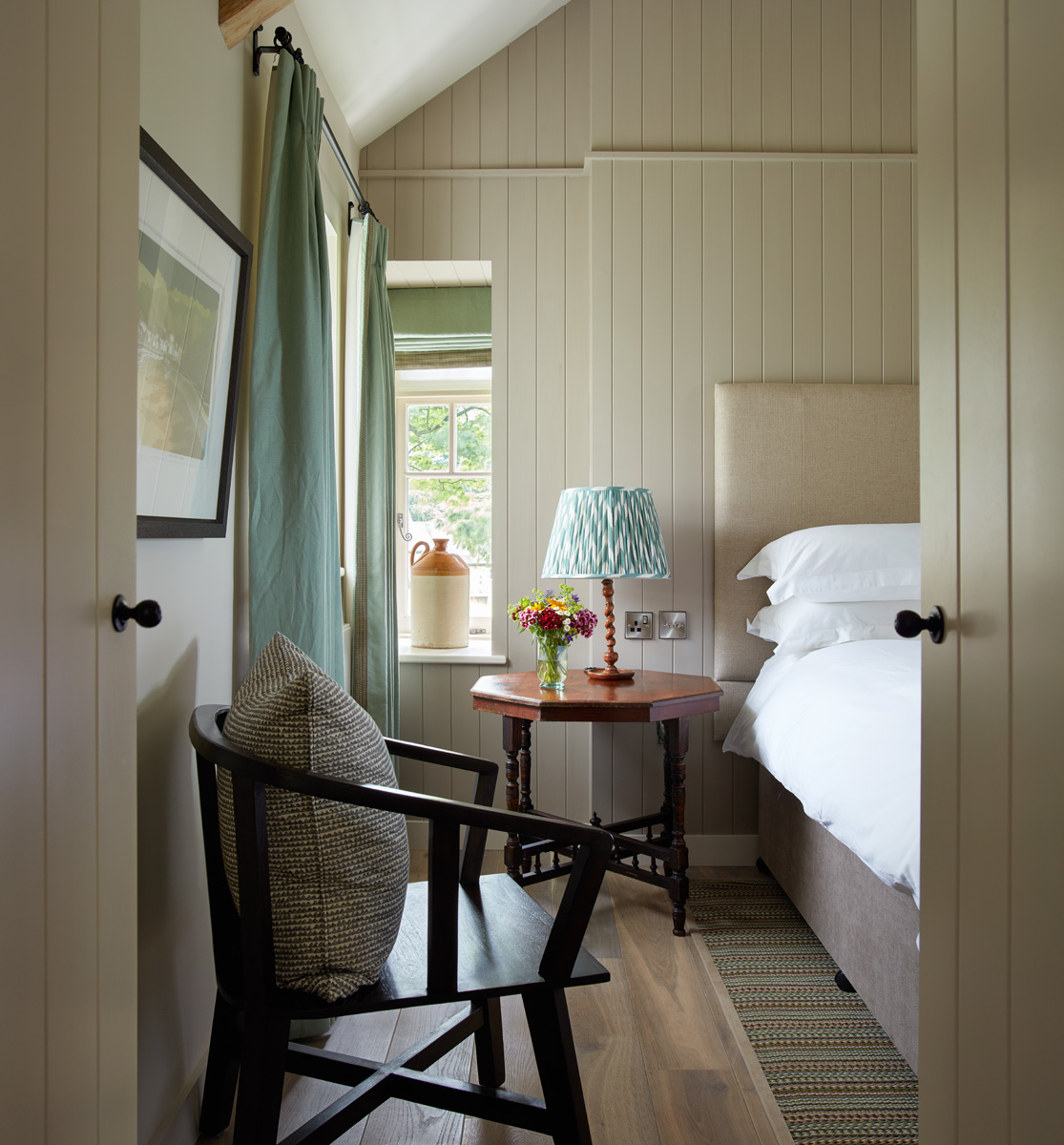The Pembrokeshire coastline is famous for its beautiful islands. The islands are home to thousands of puffins, gannets and other sea birds, whilst dolphin, porpoise, seals and whales can be seen in their waters at different times of the year.
Ramsey
An RSPB reserve, Ramsey is on the end of the St Davids’ peninsula. At nearly 400 ft in places, the western cliffs are among the highest in Wales. They are home to Ravens, Peregrines, and Buzzards. In spring, Guillemots, Razorbills, Fulmars, Kittiwakes, and Shags come to nest too. Choughs also breed on these cliffs, seeking out deep fissures and caves in which to build their nests. From mid-July, however, the cliffs empty as the auk chicks head out to the open sea. Several hundred seal pups are born each autumn on Ramsey’s beaches and in the caves.
The southern heathlands of heather, gorse and coastal plants are the haunt of Stonechats, Meadow Pipits, Linnets, and Skylarks. The summits of Carn Ysgubor and Carn Llundain give splendid views east to the mainland, south to Skomer Island and on the clearest of days, west to Ireland.
Boat trips to and around Ramsey Island leave from St Justinian’s. Once on the island there are some spectacular yet rugged trails to explore.
Skomer
Skomer is an island of sheltered bays and exposed headlands all painted with the graduated colours of lichen — it’s known worldwide for its wildlife. Half the world’s population of Manx shearwaters nest on the island and the Atlantic puffin colony of 6000 pairs is the largest in southern Britain. The Skomer vole, a subspecies of the bank vole, is unique to the island. Archaeological stone circles, standing stones and the remains of prehistoric houses, are also points of interest.
Skomer is a national nature reserve, a Site of Special Scientific Interest and a Special Protection Area. Much of the island has also been designated an ancient monument. It is surrounded by a marine nature reserve and is managed by the Wildlife Trust of South and West Wales.
Boats leave throughout the spring and summer months from Martins Haven. As there are no refreshments available on the island, make sure you take one of our delicious packed lunches with you.
Skokholm
Skokholm is managed by the Wildlife Trust for West Wales and lies just south of Skomer. The island is roughly a mile in length and half a mile across at its widest point. It has deep bays and gullies exposing interesting underlying rock strata in a variety of red and purple hues.
Surrounded by reefs and the rich seas of the Marine Nature Reserve it shares with Skomer, this island is a wildlife spectacle. It supports an incredible diversity of wildlife, including thousands of puffins, manx shearwaters and a large population of storm petrels. In the seas around the island you can see Risso’s dolphins, harbour porpoise and Atlantic grey seals, whilst a little further out larger cetaceans can be spotted. Like Skomer, it really is an incredible place to visit.
Boats leave four times a month from Martins Haven. Otherwise you might consider a wildlife safari from Dale or an evening boat cruise from Martins Haven.
Grassholm
Grassholm is a tiny white speck of land, 11 miles from the coast. As you approach the island, you begin to understand why it’s white. It’s home to the only Gannet colony in Wales, the second largest colony in the UK. Not only are the rocks stained white with droppings, but the air is white too, with thousands of Gannets on the wing. The island is a RSPB bird sanctuary.
Boat trips around the island can be organised at Martins Haven or from St Justinians.
Caldey
Caldey is an enchanting and tranquil island, situated just south of Tenby. It’s one of Britain’s holy islands, with Cistercian monks continuing a tradition which began there in Celtic times, back in the 6th Century. The cliffs on the south side and on neighbouring St Margaret’s island are teeming with nesting seabird colonies from May to July, but are best viewed from a boat trip around the island. You’ll also find one of Pembrokeshire’s best beaches on Caldey, The Priory beach.
Catch a boat from Tenby Harbour if the tide is in, or Castle Beach if the harbour is dry. Boats run from early April to late September all day apart from Sundays. The twenty-minute trip leaves you at the landing spot on the beautiful Priory beach, the only safe bathing spot on the island. From here it’s a short stroll to the village and Monastery.










